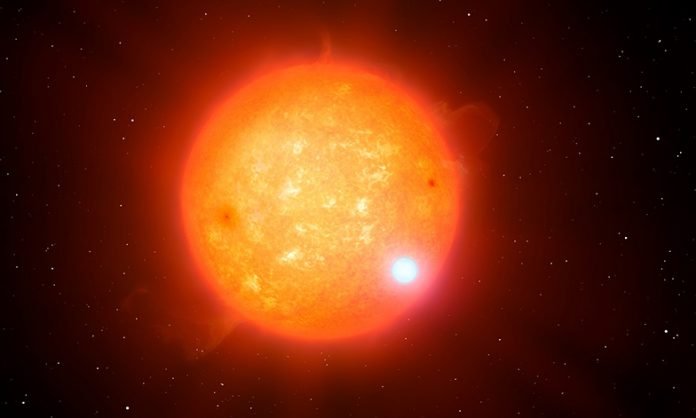
In a new study, researchers predicted the evolution of ancient stars with the help of a revolutionary high-speed camera.
This is the first time scientists can prove a decades-old theory on stars.
The study was conducted by scientists at the University of Sheffield.
Cool subdwarfs are metal-poor low-mass stars that formed during the early stages of the evolution of our Galaxy.
Because they are quite rare in the vicinity of the Sun, scientists know few cool subdwarfs in the solar neighborhood. None of the cool subdwarfs’ mass and the radius have been accurately measured.
This limits the understanding of stars at the low-mass end of the main sequence.
In the current study, the team used HiPERCAM camera to gain more information about a cool subdwarf.
HiPERCAM is a high-speed, multicolor camera and capable of taking more than 1,000 images per second.
It is mounted on the Gran Telescopio Canarias (GTC), the world’s largest optical telescope, with a 10.4-meter mirror diameter.
The camera allows the researchers to measure the mass and the radius of a cool subdwarf star for the first time.
The team discovered an eclipsing binary that contains a cool subdwarf star with a white dwarf companion.
They calculated the mass and the radius of the cool subdwarf using data about the light curve and the radial-velocity curve of the binary.
In addition, they estimated the temperature and luminosity of the cool subdwarf by analyzing its spectral energy distribution.
The findings allowed them to verify the commonly used stellar structure model that describes the internal structure of a star in detail.
The researchers also made detailed predictions about the future evolution of the cool subdwarf.
The team suggests that this is the first time scientists are able to accurately measure detailed features of a cool subdwarf.
Their results validate the theoretical relations between mass, radius, effective temperature and luminosity for low-mass, low-metallicity stars.
The HiPERCAM camera will help provide valuable data for future research.
Leaders of the study are Professor Vik Dhillon, Dr. Steven Parsons and Dr. Stuart Littlefair from the Department of Physics and Astronomy at the University of Sheffield.
The study is published in Nature Astronomy.
Copyright © 2019 Knowridge Science Report. All rights reserved.



